2025-05-22
Imagine two clans, Nimba County’s Gbosua and Zorgowee, locked in a long-standing dispute over their shared boundaries. The tension between them could have easily spiraled into deeper conflict, lasting resentment, or even violence. But Community Land Development and Management Committees (CLDMCs) stepped in, bringing a different kind of approach.
“Common ground—this is what we try to do as CLDMCs: soften the problem, help people understand that it’s customary land, and that it’s not owned by any one person,” shared Cooper Kruah Jr., Chairperson of the Zor Clan Community Assembly, from a Parley-supported community. “Dialogue is the solution. We bring in those who know the history, but we listen to everyone’s views. Without that, people speak past one another, and misunderstandings grow.”
The boundary dispute between Gbosua and Zorgowee had been rooted in years of tension, long before the CLDM Committees began their work. By 2024, as survey work was underway, the situation grew more intense, putting pressure on both communities. Yet, CLDMC members, working alongside Josephus Blim, Parley’s field staff, found a path forward. They pinpointed the last point where both clans had agreed and recommended that the Land Authority surveyors close the boundary up to the road. This small step helped ease rising tensions by focusing the communities on their shared goal: securing formal recognition for their land.
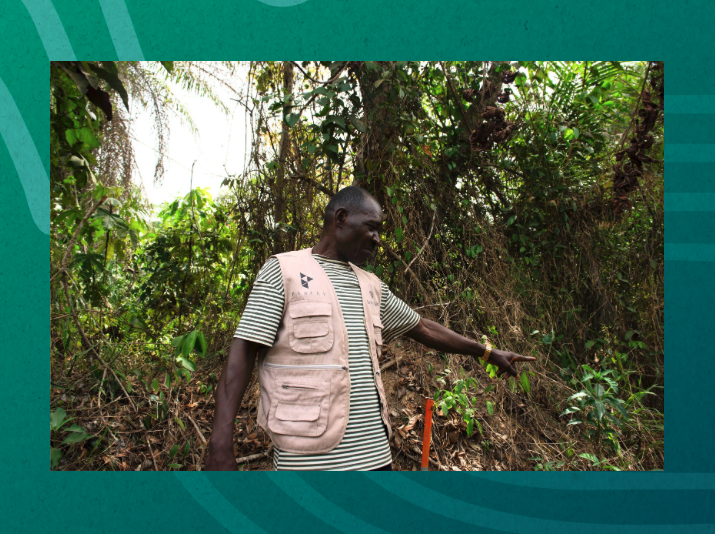
Josephus Blim, Parley’s field staff
The 2018 Land Rights Act (LRA) brought a powerful change to the way communities care for their land, but it didn’t happen on its own. Civil societies, including some of our partners, pushed hard for this moment, advocating for communities to gain the legal recognition they had long demanded. Liberian CSOs were instrumental during the development of the Land Rights Policy (2012), contributed to the drafting of the Land Rights Act, and briefed legislators during the law-making process. Before the Act was passed into law in 2018—and continuing after—our partners played a leading role alongside other organisations, particularly through the Civil Society Working Group on land reform. Their efforts helped ensure that local voices were included in the reform process, with a focus on ensuring that communities could manage and benefit from their land. A number of briefing papers, reports, and research findings were published during this time, offering critical recommendations before, during, and after the drafting of the law.
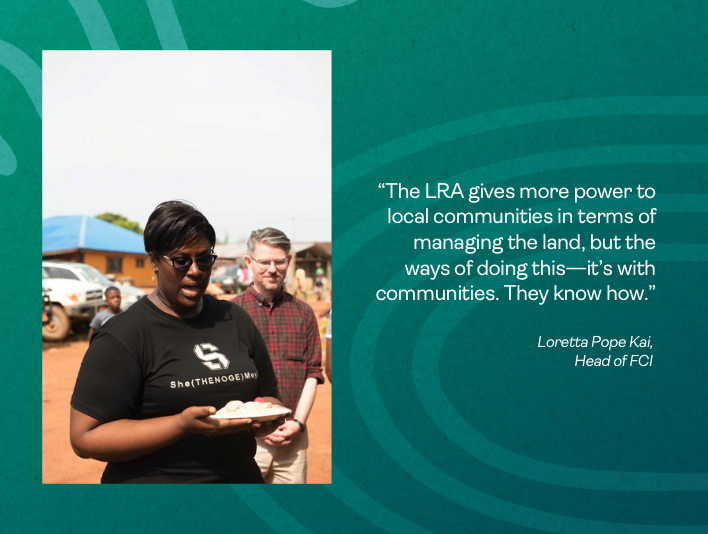
Loretta Pope Kai - Head of FCI
Once they succeeded by getting the law in place, the responsibility shifted from government officials and organisers to people on the ground. The democratically elected Community Land Development and Management Committees (CLDMCs), made up of an equal number of men and women chosen by their neighbours, stepped up to meet the opportunity to control their destinies. As Loretta Pope Kai, head of FCI, shared, “The LRA gives more power to local communities in terms of managing the land, but the ways of doing this—it’s with communities. They know how.”
But navigating these conflicts requires more than technical solutions—it requires trust. As Josephus explained, “If I’m doing boundary harmonisation* and the project community trusts me, but the adjacent community doesn’t, I face a serious challenge. They may look at me and think I’m trying to gain land for the project community.” He knows the delicate balance he and CLDMCs must maintain—proving to both sides that they are neutral, that their work isn’t about favouring one community over another but about finding a solution that brings consensus.
Their approach is about building bridges between people. “We try to explain how it’s key for everybody to agree and be certified. We all want development, and if we don’t share, we can’t achieve that,” explains Cooper Kruah Jr., Chairperson of the Zor Clan Community Assembly.
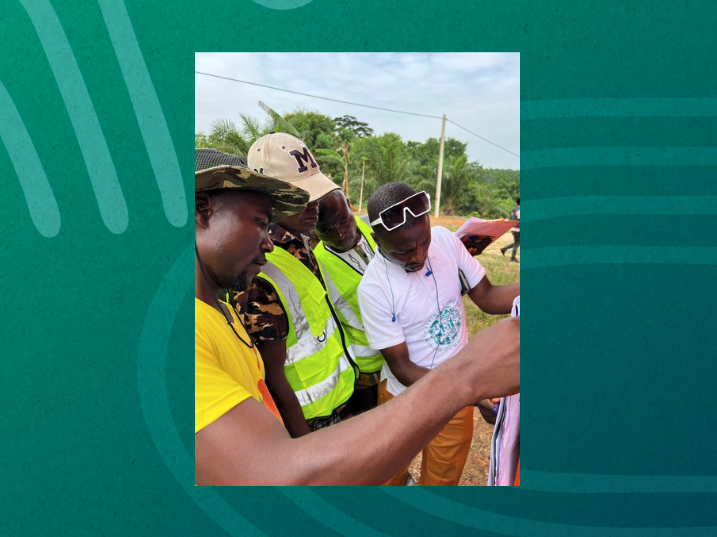
Parley-supported CLDMCs operating in Nimba County
More than just leaders, they are listeners, deeply rooted in the daily rhythms of their communities. With a strong feeling of responsibility to the land their community, they ensure it is used sustainably, protected from outside pressures, and passed down fairly to those who come after. The law created the opportunity, and it is CLDMCs who make it real, quietly transforming land governance from the ground up.
Today, their role is more important than ever. Many of the communities involved in the SDI, FCI, and Parley projects are in the midst of boundary harmonisation*, a delicate and complex process that helps resolve disputes and ensure land records are accurate and clear. Elected leaders of CLDMCs are at the heart of this work, guiding conversations with elders, gently weaving together history, tradition, and the voices of the community to create agreements that honour the land and its people for generations to come.
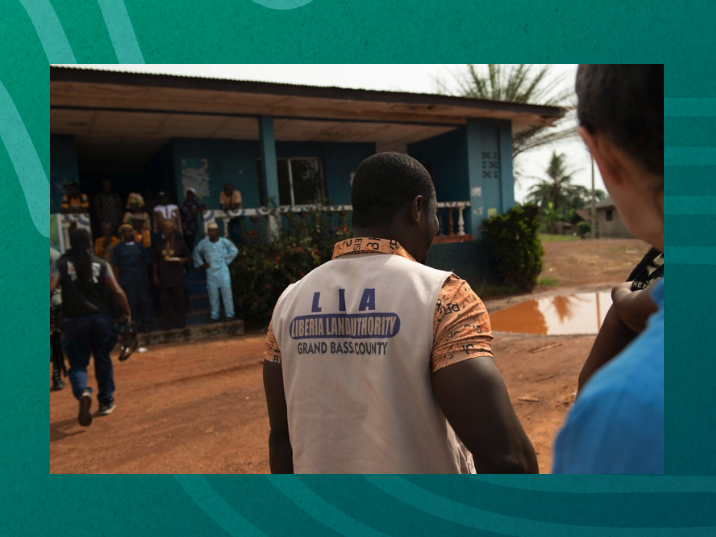
Liberia Land Authority (LLA) Representative – Grand Bassa County
In other communities, the role of CLDMCs extends far beyond boundary disputes. In Doe Clan, Grand Bassa County, under the leadership of Emmanuel King, CLDMCs have become essential to resolving long-standing conflicts over land ownership. By facilitating dialogue with neighbouring communities and private landowners, the committee helped pave the way for Doe Clan to receive a confirmatory survey from the Liberia Land Authority (LLA). This achievement goes beyond the technical—it marks a crucial shift toward formal land recognition, laying the groundwork for long-term peace and security. The existence of private claims in customary land has been one of the major factors to the confirmatory survey of Doe Clan. “Some of the sections (towns) along the boundary with Doe Clan claimed that they have been deeded prior to the passage of the Land Rights Act but has not been able to provide copy of their deeds to the CLDMC/LLA for verification” says Emmanuel King. Article 37, Section 6 of the Land Rights Act is clear that the burden of proof lies on the private landowner once the land is contested in a customary land area. The LLA has also worked with the CLDMC to issue notice to all parties to present their claims ahead of the start of the confirmatory survey.
Meanwhile, in SDI communities, the focus has shifted toward fostering deeper local ownership and leadership in the Customary Land Formalization (CLF) process. No longer reliant on outside support, newly engaged communities are now training their own representatives—one man and one woman—to lead efforts like community sensitisation and boundary harmonisation.
As part of this effort to strengthen community leadership, SDI has partnered with six project communities—three in River Cess County and three in Maryland County—to identify and train local animators. Each community selected one man and one woman to lead efforts like community sensitization and boundary harmonisation. These animators received in-depth training on the CLF methodology, enabling them to guide key stages of the process and mobilise broader community participation.
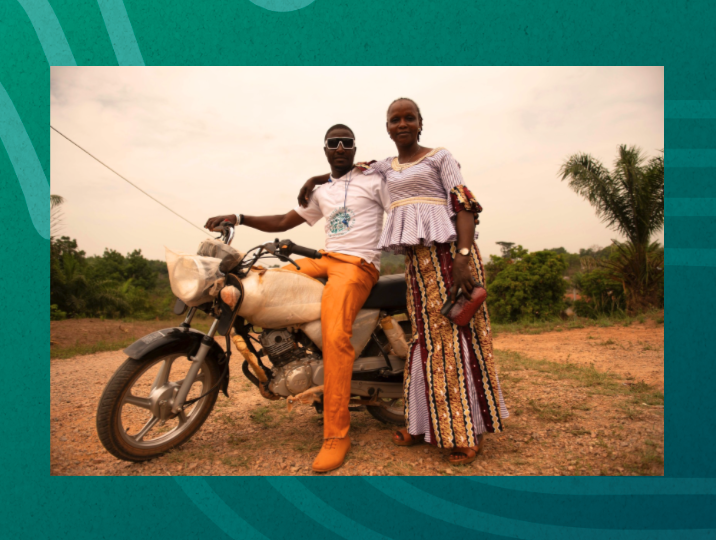
Parley-supported CLDMC members in Nimba County
To ensure long-term success, Community Land Development and Management Committees (CLDMCs) need ongoing support in the form of training, resources and connection with key government authorities such as the Liberia Land Authority (LLA), Forestry Development Authority (FDA) and the Environmental Protection Agency (EPA). This creates a local governance that is not just empowered but coordinated at a higher level, creating a unified approach to land management across the country. Equally important is reinforcing their role alongside traditional leaders, ensuring that local decision-making is strengthened, not replaced.
The numbers paint a clear picture. While 160 communities have already joined this transformative journey, there are still 832 clans in Liberia eligible for community deeds. The opportunity to secure land rights on a large scale is immense, particularly in rural, forested regions where clans are the custodians of vast tracts of land.
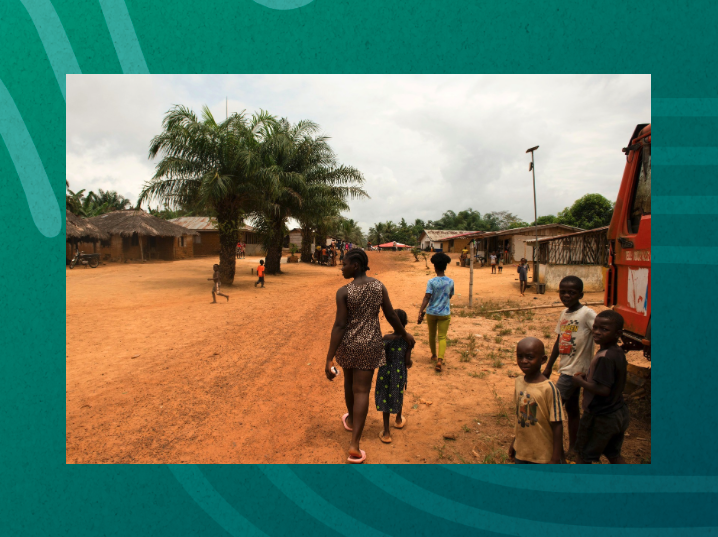
River Cess residents engaged through SDI support
As the Keeping the Promise project continues its support, CLDMCs stand at the heart of Liberia’s land rights movement. As Cooper Kruah Jr. shared with us in a simple but profound way: “Land is not one person’s business.”
These committees ensure that land governance remains in the hands of the people who know the land best—the ones who farm it, build on it, and pass it down through generations. It’s not for outsiders or distant authorities to decide. Though the path may be challenging, with negotiations and conflict resolution often requiring patience, CLDMCs are making real, tangible progress. Through collaboration with community members and field staff, they are showing that when communities take control of their land, they are shaping their own future, on their own terms.
*Boundary harmonisation is a crucial step in the six-stage process communities must complete to obtain a land deed under the Land Rights Act. It helps resolve disputes, clarify borders, and build the mutual understanding needed before formal recognition can move forward. Without it, the process cannot proceed.
Articles